Hanukkah is a Jewish festival that occurs in December (the Hebrew month Kislev), also spelled Chanukah, (also called The Festival of Lights, Feast of Dedication, Feast of the Maccabees) marks the reconsecration of the Temple of Jerusalem (Israel) after its recapture from the Syrian Greeks c.165 BC. A miracle recorded in the Talmud – the burning of a day’s supply of pure olive oil for eight days, until fresh jars of clean oil could be brought into the temple – accounts for the eight days during which candles are kindled during Chanukah. The eight-branched candelabrum has become a symbol of the holiday.
Hanukkah Festival:
Chanukah was instituted by the MACCABEES, leaders of the Jews who fought against the Syrian Greeks. The Maccabees took over as the priests of the Temple and as the rulers of the Jewish state that they founded. Songs and stories associated with the holiday therefore refer to the Maccabees, particularly to Judas Maccabee, and to their victory: “the weak over the strong, the few over the many, and those who fear Thy Name over those who desecrate it.” Chanukah is also called the Festival of Lights, the Feast of Dedication, or the Feast of Maccabees.
Although one of its attributes is the exchange of gifts, Hannukah is not the “Jewish Christmas.” It does not have the highly religious importance of Rosh Hashanah or Yom Kippur in the Jewish calendar. Its significance varies depending on which denomination of Judaism a celebrant follows.
In Israel, Hanukkah is nationally observed, but the only main closings are schools, which close for the whole week. (The most religiously observant Jews may refrain from business and other activities by private choice.) It is not a government or official business holiday.
Hanukkah History:
Hanukkah is an eight-day religious festival focusing on themes of freedom and liberty. It is a warm, enjoyable and friendly observance. On each evening of the festival, a candle is lit on the nine-branched Jewish candelabrum called the menorah, and blessings are sung. The lighting of the menorah is a symbolic act linked to the historical re-consecration of the Temple of Jerusalem. The holiday is seen as a special celebration for children, with the spinning of the Jewish top called the dreidel, and featuring gifts such as Hanukkah gelt, gold coins or coin-shaped chocolates wrapped in gold foil. Other monetary gifts include bonds and checks. Families have different traditions related to gift-giving-a larger gift may be offered on one day of the festival, with smaller items given on the other seven days; or gifts may be placed in front of the menorah with people picking a different one each night.
Hanukkah Story:
In 168 B.C.E. the Jewish Temple was seized by Syrian-Greek soldiers and dedicated to the worship of the god Zeus. This upset the Jewish people, but many were afraid to fight back for fear of reprisals. Then in 167 B.C.E. the Syrian-Greek emperor Antiochus made the observance of Judaism an offense punishable by death. He also ordered all Jews to worship Greek gods.
Jewish resistance began in the village of Modiin, near Jerusalem. Greek soldiers forcibly gathered the Jewish villages and told them to bow down to an idol, then eat the flesh of a pig – both practices that are forbidden to Jews. A Greek officer ordered Mattathias, a High Priest, to acquiesce to their demands, but Mattathias refused. When another villager stepped forward and offered to cooperate on Mattathias’ behalf, the High Priest became outraged. He drew his sword and killed the villager, then turned on the Greek officer and killed him too. His five sons and the other villagers then attacked the remaining soldiers, killing all of them.
Mattathias and his family went into hiding in the mountains, where other Jews wishing to fight against the Greeks joined them. Eventually they succeeded in retaking their land from the Greeks. These rebels became known as the Maccabees, or Hasmoneans.
Once the Maccabees had regained control they returned to the Temple in Jerusalem. By this time it had been spiritually defiled by being used for the worship of foreign gods and also by practices such as sacrificing swine. Jewish troops were determined to purify the Temple by burning ritual oil in the Temple’s menorah for eight days. But to their dismay, they discovered that there was only one day’s worth of oil left in the Temple. They lit the menorah anyway and to their surprise the small amount of oil lasted the full eight days.
This is the miracle of the Hanukkah oil that is celebrated every year when Jews light a special menorah known as a hanukkiyah for eight days. One candle is lit on the first night of Hanukkah, two on the second, and so on, until eight candles are lit.
Significance:
According to Jewish law, Hanukkah is one of the less important Jewish holidays. However, Hanukkah has become much more popular in modern practice because of its proximity to Christmas.
Hanukkah falls on the twenty-fifth day of the Jewish month of Kislev. Since the Jewish calendar is lunar based, every year the first day of Hanukkah falls on a different day – usually sometime between late November and late December. Because many Jews live in predominately Christian societies, over time Hanukkah has become much more festive and Christmas-like. Jewish children receive gifts for Hanukkah – often one gift for each of the eight nights of the holiday. Many parents hope that by making Hanukkah extra special their children won’t feel left out of all the Christmas festivities going on around them.
Hanukkah Traditions:
Every community has its unique Hanukkah traditions, but there are some traditions that are almost universally practiced. They are: lighting the hanukkiyah, spinning the dreidel and eating fried foods.
- Lighting the hanukkiyah: Every year it is customary to commemorate the miracle of the Hanukkah oil by lighting candles on a hanukkiyah. The hanukkiyah is lit every night for eight nights.
- Spinning the dreidel: A popular Hanukkah game is spinning the dreidel, which is a four-sided top with Hebrew letters written on each side. Read The Hanukkah Dreidel to learn more about the dreidel, the meaning of the letters and how to play the game. Gelt, which are chocolate coins covered with tin foil, are part of this game.
- Eating fried foods: Because Hanukkah celebrates the miracle of oil, it is traditional to eat fried foods such as latkes and sufganiyot during the holiday. Latkes are pancakes made out of potatoes and onions, which are fried in oil and then served with applesauce. Sufganiyot (singular: sufganiyah) are jelly-filled donuts that are fried and sometimes dusted with confectioners’ sugar before eating.
 Kids Portal For Parents India Kids Network
Kids Portal For Parents India Kids Network
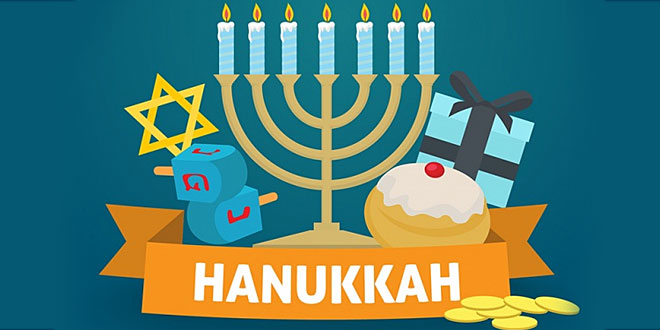
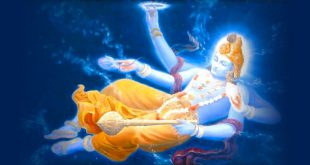
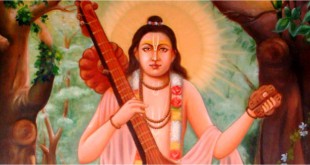
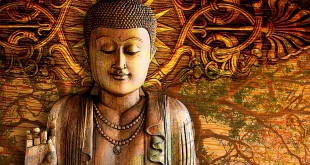
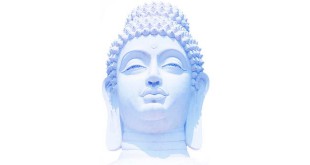

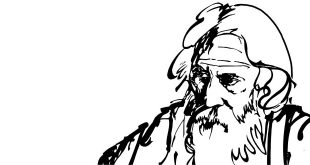
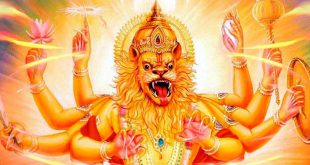
3 comments
Pingback: Hanukkah Quotes: Messages & Sayings on Chanukah Festival - Kids Portal For Parents
Pingback: Hanukkah Coloring Pages For Jewish Children & Students - Kids Portal For Parents
Pingback: Hanukkah Poems For Jewish Children - Kids Portal For Parents